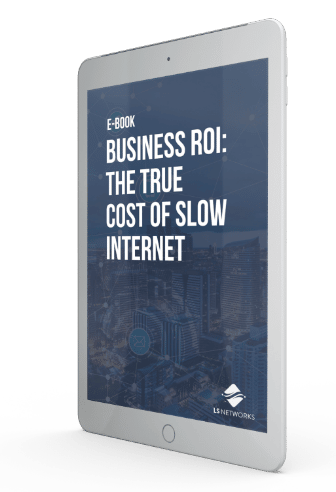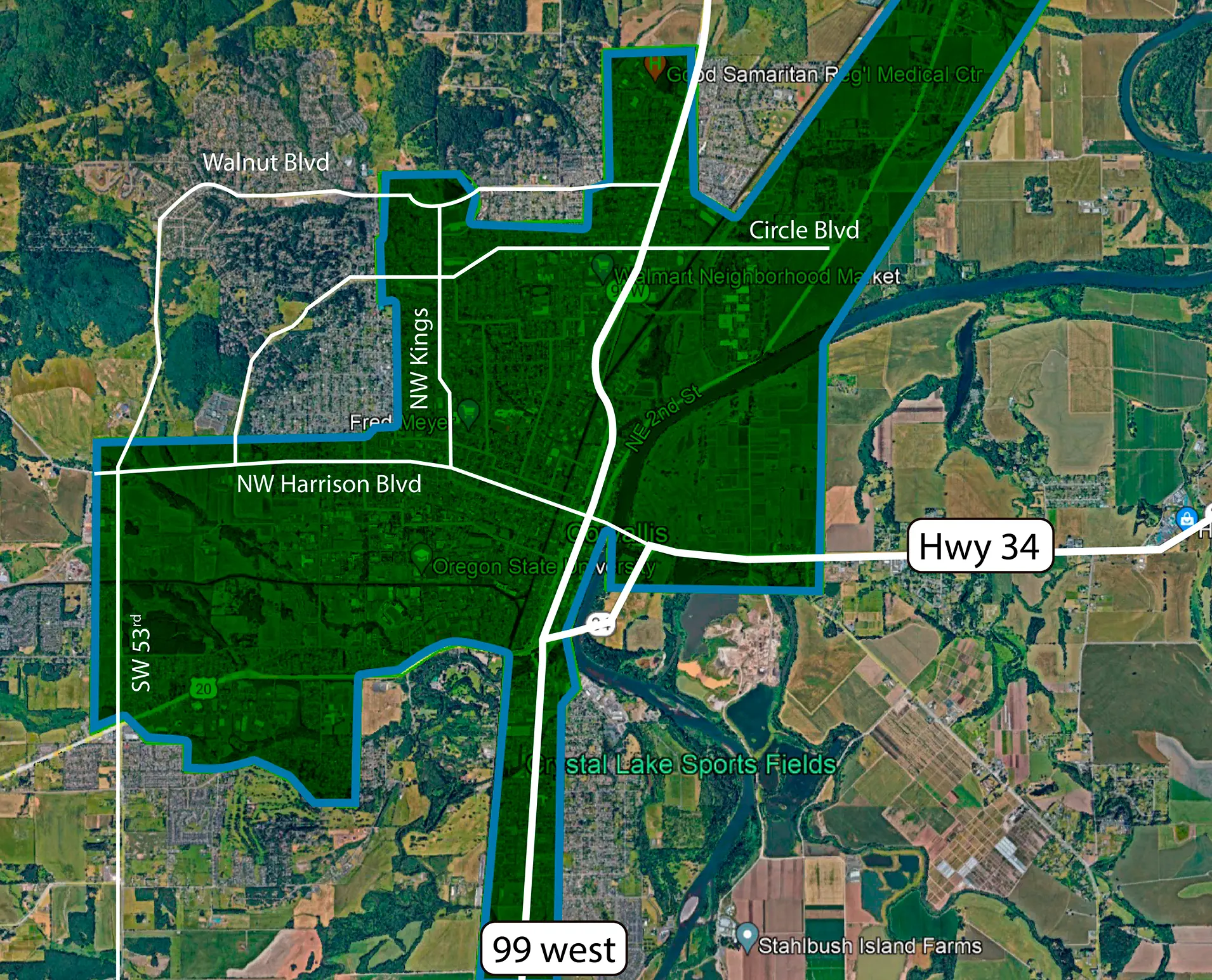Do you know how well your business internet connectivity performs? Many businesses, large and small, have connectivity that is good enough. And that may seem fine on most days.
But in reality, when your business gets many phone calls or orders, for example, or when employees are participating in an important but bandwidth-heavy training program, “good enough” internet connection might fail. And you might be scrambling to solve connectivity issues.
The costs of sub-par internet connectivity run deep. Read on to find out how poor internet can affect your business on multiple levels and what you can do about it.
What Causes Poor Internet Connectivity?
Other than high usage for approved business tasks, there can be many causes of poor connectivity.
- Employees can be using a lot of bandwidth by streaming media during down times.
- Hardware, such as a router or cables, could be failing.
- The firewall could be blocking legitimate traffic or causing backups in internet traffic.
- Your network could be prioritizing the wrong traffic during busy times, slowing down important processes.
- Malware may have gotten through the virus protection or past an employee who was careless with an email link or unapproved USB device.
- Or your internet service provider may not be up to the task.
And figuring out the issue can take much effort from the IT team, when they could be doing other work.
How Does Poor Connectivity Affect Your Business?
Sub-par internet can cause business problems at all levels.
Because so much work is done online or in the cloud, poor connectivity can hamper employee productivity. Even worse, the aggravations of mediocre internet when employees are trying to do their work can cause ongoing frustration and low morale. Morale issues not only cause higher turnover, which leads to lengthy and costly hiring processes, but also ongoing culture problems that bleed through all departments.
You’ll waste ongoing investments in cloud-based backups and remote processes if connectivity doesn’t allow employees to easily access and use the resources. When it’s faster and easier to use on-site tech, many employees will fall back on the legacy methods just to get things done – making all the money spent on cloud tools go down the drain. And the employees who must use these cloud-based tools, such as sales teams, are unable to perform at their best, hurting long-term revenue.
Connectivity also affects customer perceptions, which can hurt ongoing sales and reputation. For example, if your phones are on VoIP, “good enough” internet connectivity leads to low call quality and dropped calls. And if you’re trying to do video calls or conferences, poor connections make your business look like it’s stuck in the last century. Customers who have bad customer service experiences are not likely to buy again and may tell their friends and family to choose a different business.
The Pandemic Has Further Highlighted the Importance of Connectivity
With the growth in remote connections because of the pandemic, organizations of all types have felt the pinch caused by “good enough” internet.
Doctors who use telehealth visits in lieu of office visits need high-speed and reliable internet connections to be able to provide high-quality health care. Students at all levels – Kindergarten through graduate programs – have been working in some mixture of online and in-person learning, and poor connections affect their ability to learn the content they need. Government agencies have hosted online town halls, board meetings, and public forums, and the needs of the public to participate in their local and state governments are hampered when the internet is slow
And anyone who has used internet in a rural area knows these problems are exacerbated by the lack of broadband connections once you leave the city. Because of poor internet connectivity, these public and private online services are nearly impossible in many areas of the rural Pacific Northwest.
How Fiber Can Help
Fiber internet offers a more reliable and speedy way to connect – even in rural areas. The speed is unparalleled by any other current broadband technology, and fiber is unharmed by extreme weather. Additionally, fiber cables can transmit data over longer distances than legacy internet cables, which is the real secret sauce for rural areas.
Are you ready to see how fiber can provide a more cost-effective and scalable internet connection for your business? Check availability on our network today.








